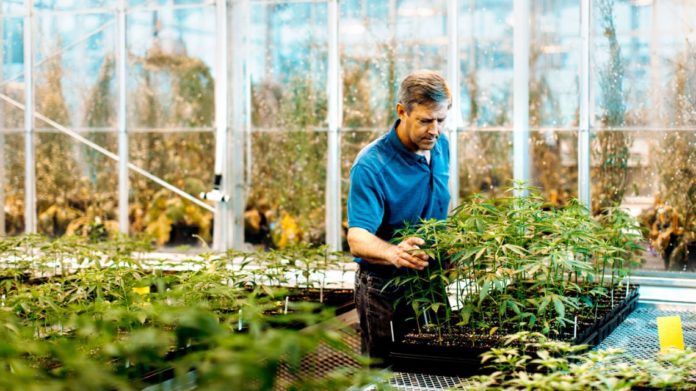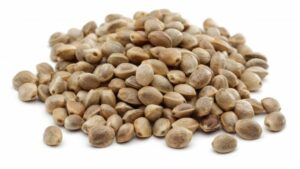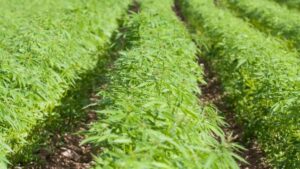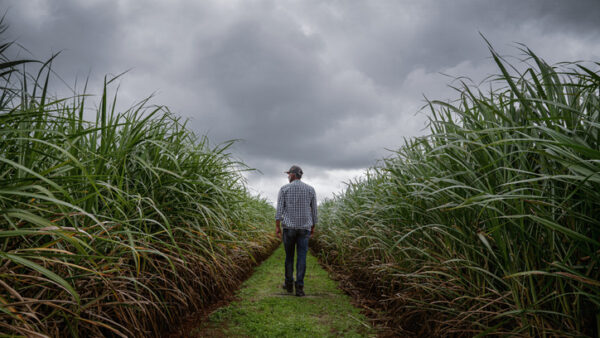Hemp plants can test with more than the legal limit of THC (or “hot”) due to genetics, according to researchers from Cornell University in a release on July 28.
State and federal regulations classify hemp as containing 0.3% or less THC, just like in Canada; when plants exceed that amount, farmers can lose their entire crop. How can these plants go “hot”? Well, news releases have claimed environmental stress or biological stress can increase THC production, but a new Cornell study published July 28 in the journal Global Change Biology-Bioenergy finds no evidence that stress on hemp plants increases THC concentrations or ratios of CBD to THC.
“One of our goals in our research and in fulfilling our extension mission is to reduce the risks to growers as much as possible,” said Larry Smart, senior author of the study and professor in the horticulture section of the School of Integrative Plant Science in the College of Agriculture and Life Sciences. “With this research, growers should feel some comfort that stresses do not seem to have a strong effect on changing the ratio of CBD to THC.”
The study says genetics, rather than environment, determine the THC content and CBD to THC ratios in hemp.
Lead Author Jacob Toth, a graduate student in Smart’s lab, created a series of plots in Geneva, New York, that included control plots and five stress treatments applied to three genetically unrelated high-CBD hemp cultivars. Stress treatments included flood conditions; exposure to a plant growth regulator called ethephon, used to promote fruit ripening; powdery mildew; herbicide; and physical wounding. They then tested THC and CBD content over a four-week period when the flowers matured.
“What we found over the weeks that we were sampling, the amounts of CBD and THC went up proportionately in all of these different cultivars for all of these different stresses,” Toth said.
By week four, at harvest time, they found that nearly every plant (except those treated with herbicide, which were nearly dead) produced the expected ratio of CBD to THC, with high levels of CBD corresponding to levels of THC above the 0.3% THC threshold.
In previous work, Toth had developed a molecular marker to identify genes that produce CBD in hemp and THC in cannabis. He was able to show that some hemp varieties included plants with different genetic arrangements; some with genes for mainly CBD production, others producing mainly THC , or some with a combination of both. In this study, all the plants used were predominately CBD producers.
More research and breeding is needed to select appropriate genetics that lead to high CBD but low THC, and regulatory testing may be needed earlier, before harvest and before plants reach high THC levels, Toth said. Also, growers should make sure they get high-quality CBD-producing seeds, and not varieties tainted with THC producing genes, Smart said.
The research from Smart’s lab has assisted the U.S. Department of Agriculture in developing hemp regulations that focus more on genetics rather than environmental stress leading to noncompliant THC levels.
The lab’s research indicates that the USDA decision to raise the THC limit for what is considered a “negligent crop,” from 0.5% to 1% THC in January will dramatically lower the legal risks for growers. Too many negligent violations can ban a grower from producing hemp for five years.













